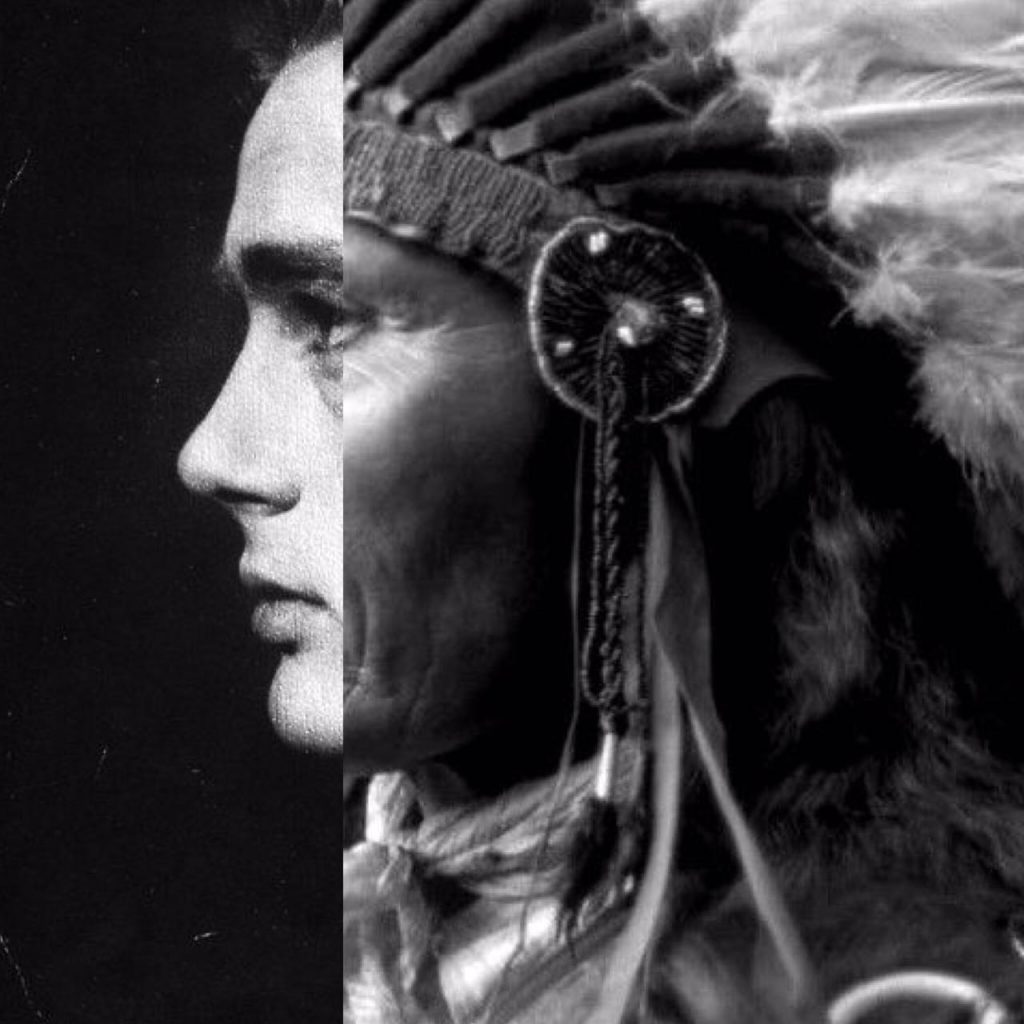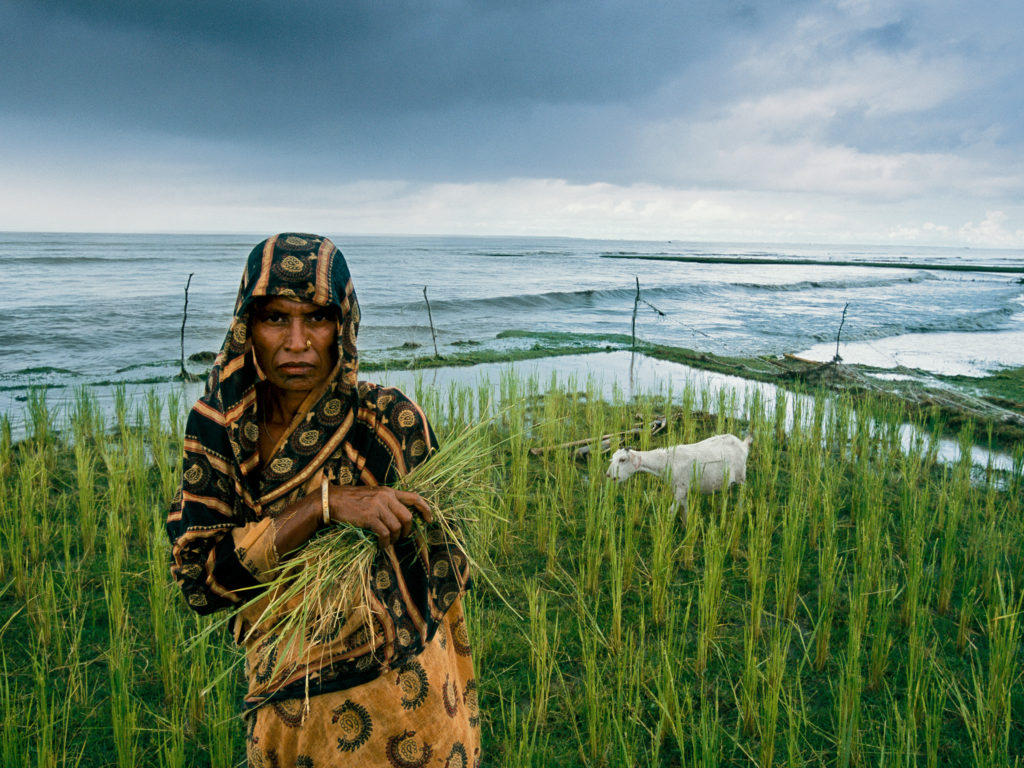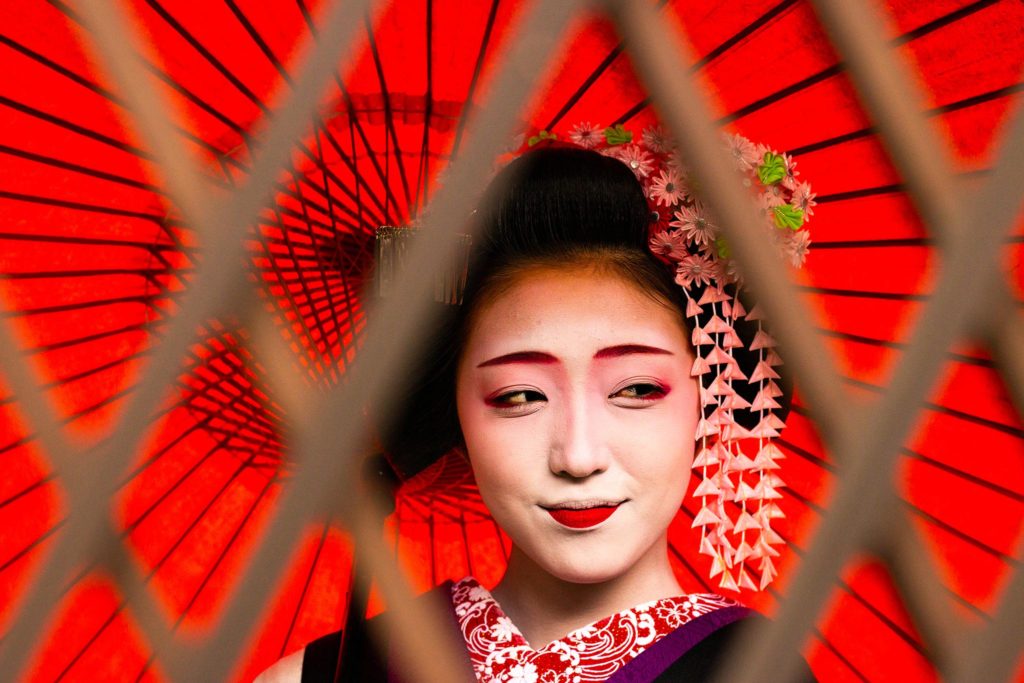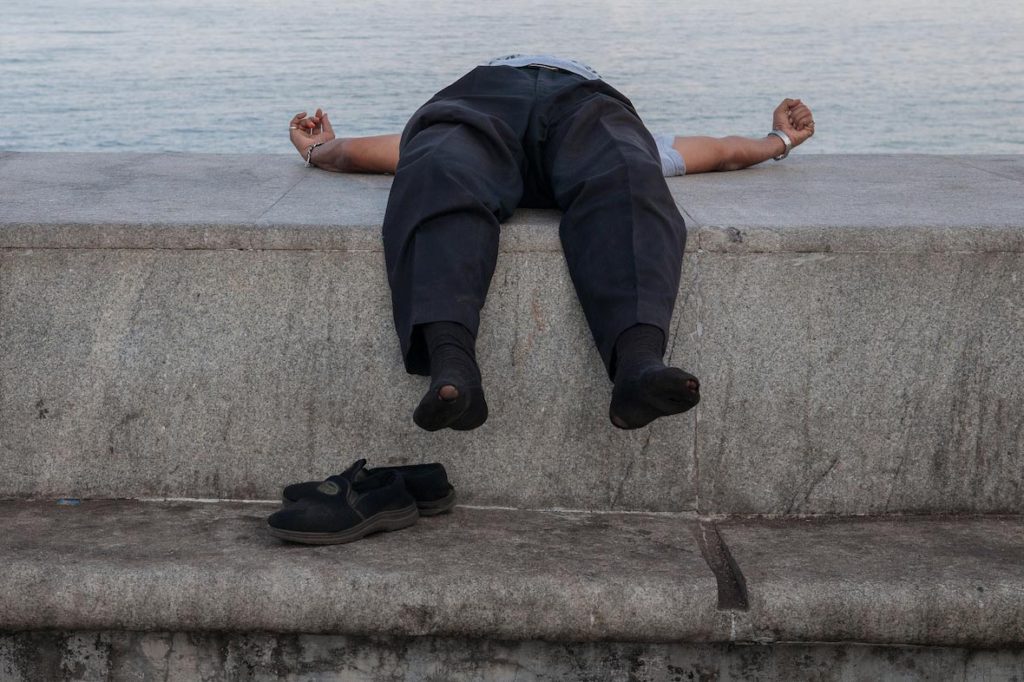Identity is defined as what a person or thing is, and can be separated into several different categories. It can be influenced by where you were born, where you grew up, how you identify as a gender, your past experiences, the political history of where you live or simply how society expects you to act.
Gender Identity is a person’s perception of their gender, possibly different to their birth sex, which can be influenced by the societal roles of their gender in whichever country they come from or are living in. This can be explored through the study of drag queens or the traditional gender roles in other countries, such as in the Middle East.
Cultural Identity is defined as the feeling of belonging to a particular nationality or ethnicity, but it can also relate to groups defined by language, religion or generation.
Geographical Identity is the attachment and belonging one feels with their country, region, city of birth, or where they are living at the moment. Often this type of photography involves people wearing their traditional dress, emphasising their geographical roots.
Loss of Identity is also a prominent feature when discussing identity photography, as it is becoming more and more prevalent in today’s modern world, for many reasons. One may be the freedom that technology gives us to explore different ways of life, changing them from our original ones, or perhaps mass immigration has given people a sense of lost identity, as their connection to their place of birth has been severed, or maybe even age and diseases like dementia and Alzheimer’s can cause elderly people to feel as though they have lost their identity.









